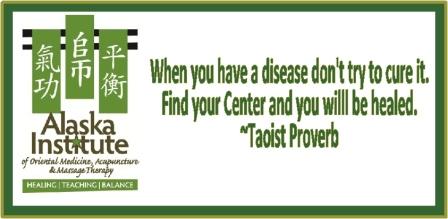Massage for rheumatoid arthritis
The primary goals of massage as applied to rheumatoid arthritis are to bring relaxation and pain relief to the client, and to maintain joint mobility and range of motion. Because rheumatoid arthritis can cause the joints and surrounding tissues to be extremely sensitive, and because in severe or prolonged cases actual structural changes to the joints can occur, special care needs to be taken during massage application, especially during a flare-up.
If the client is experiencing a flare-up, a massage therapist should:
- Only treat unaffected (pain and inflammation-free) areas of the body
- Not work distal to affected areas, so as not to aggravate swelling in the joints
- Use only active and active assisted range of motion techniques on affected joints
Between flare-ups, a massage therapist may expand treatment options to include:
- Gentle, rhythmic rocking or shaking of the symptomatic joints
- Comprehensive work on muscles that cross or attach to affected joints
- Gentle passive range of motion techniques
- Work proximal to distal of affected joints, always directing fluid towards the core
Massage can serve many of the same functions for rheumatoid arthritis that is does for osteoarthritis: pain relief, maintenance of joint mobility, fluid dispersal, and a general increase in well-being. However, because rheumatoid arthritis is inherently prone to many more complications than are found in osteoarthritis, any massage treatment needs to a be approached with a great deal of caution and sensitivity, so as to not inadvertently injure the client or worsen their symptoms.
Rheumatoid arthritis and Chinese Medicine
Because rheumatoid arthritis can exhibit a broad and mutable expression of symptoms, a diagnosis from the perspective of Traditional Chinese Medicine can be correspondingly complex. However, in general, the three most prominent factors at play are considered to be wind, damp, and cold. These refer to the potential mobility of the symptoms frequently seen in rheumatoid arthritis (as well as other autoimmune diseases), the tendency for swelling and fluid accumulation, and poor circulation and deficient kidney yang, respectively. Because of the redness, inflammation, and joint warmth that can also be symptoms, a TCM diagnosis can also include heat, but cold and damp treatments are said to be much more common. Because individual cases can vary so widely in presentation, a mixture of herbs, dietary changes or supplementation, acupressure or acupuncture, as well as specific Qigong patterns will be prescribed to most closely fit the individual expression of symptoms in each client.
As part of an herbal approach to treating rheumatoid arthritis, some TCM practitioners make use of Lei Gong Teng, a.k.a. Thunder God Vine. Be wary of this treatment, however, because that stuff can literally kill you. Try eating papaya, royal jelly, and black soybeans as a non-lethal alternative.
As part of an herbal approach to treating rheumatoid arthritis, some TCM practitioners make use of Lei Gong Teng, a.k.a. Thunder God Vine. Be wary of this treatment, however, because that stuff can literally kill you. Try eating papaya, royal jelly, and black soybeans as a non-lethal alternative.




